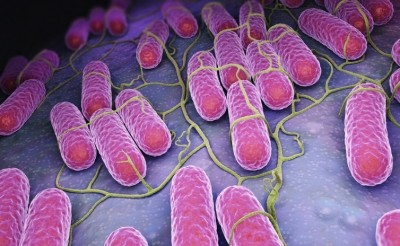Report: Low presence of Salmonella in EU compound feed

The report collated the results of the zoonoses monitoring activities undertaken in 2018 in 36 European countries.
Monitoring of Salmonella spp. along the food chain is conducted during preharvest - farm animals and their feed, processing - cutting plants and slaughterhouses and postharvest stages - retail and catering.
The publication found the overall presence of Salmonella in animal‐ and plant‐derived feed supplies in the EU last year was 0.93% of 28,680 samples.
Salmonella was present in only 0.52% of 10,497 tested samples of compound feed for poultry, 0.45% of 7,259 tested samples for cattle and 0.33% of 4,251 tested samples for pigs, as per the publication.
Only one European Member State – Bulgaria - reported data from investigations of Listeria monocytogenes in feed.
Among several transmission routes, listeriosis in animals can be acquired via the consumption of contaminated feed such as poor‐quality silage, the report noted.
Key findings of the report
- Nearly one in three foodborne outbreaks in the EU in 2018 were caused by Salmonella.
- Slovakia, Spain and Poland accounted for 67% of the 1,581 Salmonella outbreaks, with such FBOs were mainly linked to eggs.
- The first and second most commonly reported zoonoses in humans were campylobacteriosis and salmonellosis, respectively. The rate of confirmed human cases of these two diseases was stable during 2014–2018. The proportion of human salmonellosis cases due to Salmonella Enteritidis was at the same level in 2018 as in 2017.
- Shiga toxin‐producing Escherichia coli (STEC) infections in humans were the third most commonly reported zoonosis in the EU and increased from 2014 to 2018.
- Of the zoonotic diseases covered by the report, listeriosis accounts for the highest proportion of hospitalized cases (97%) and highest number of deaths (229), making it one of the most serious foodborne diseases.
- Of the 27 reporting Members States, 16 met all Salmonella reduction targets for poultry, whereas 11 member states failed in meeting at least one.
- The EU poultry flock prevalence of target Salmonella serovars in breeding hens, laying hens, broilers and fattening turkeys decreased during recent years but stalled in breeding turkeys.
- Salmonella results from official sources for pig carcasses and for poultry were more frequently positive compared with food business operators.








